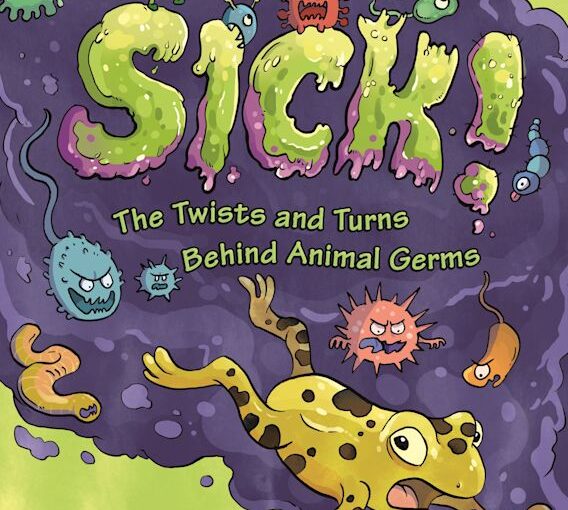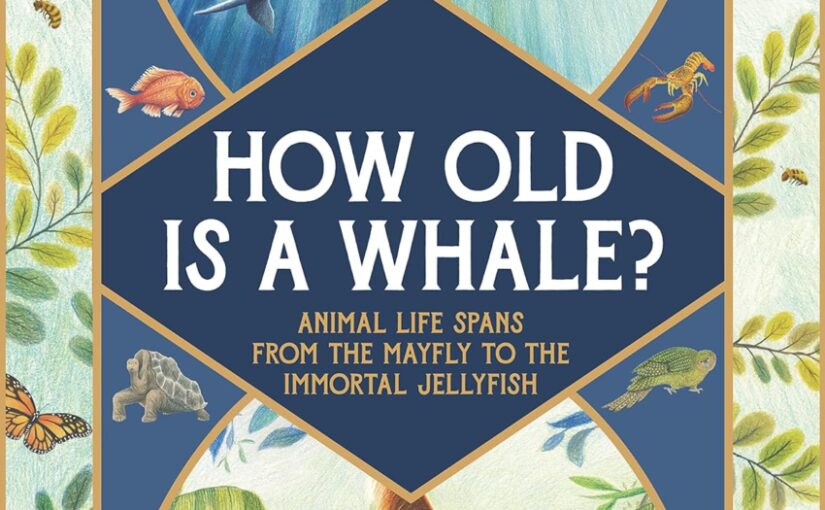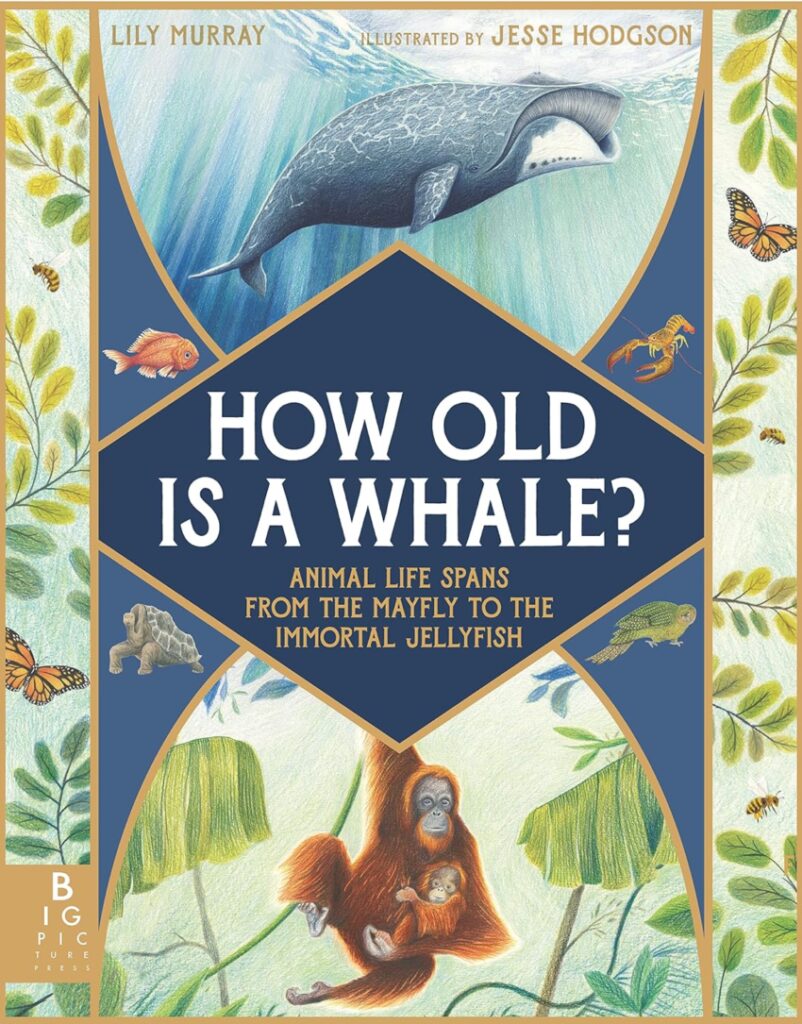The extent to which children think about animals crossing the road stopped when they answered the question about the chicken. And even then that query, and its many derisions, are tiresome, repetitive, and work for the five-year-old audience one time only. Wildlife Crossings: Protecting Animal Pathways Around the World is an illustrated book that will fascinate elementary ages and get them to think, yes actually think about something that they’ve never thought about before.



















 Facebook
Facebook Twitter
Twitter Flickr
Flickr GooglePlus
GooglePlus Youtube
Youtube